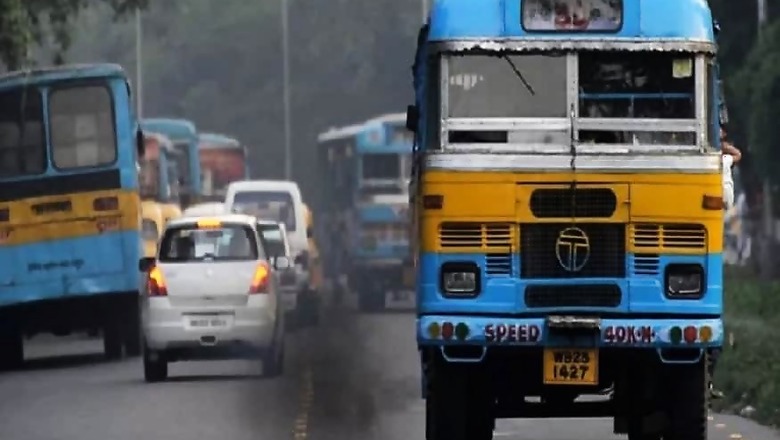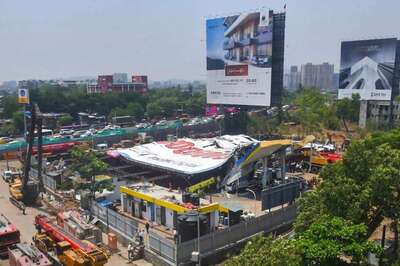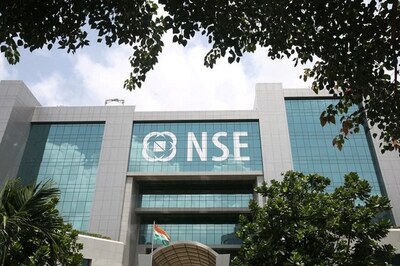
views
Kolkata: Roadside unlicensed food stalls consuming low quality coal are one of the significant contributors to alarming air pollution across Kolkata, city based environmentalists say.
The city has been listed among one of the most polluted cities in the country. As per the US Consulate Air Pollution’s Real-time Air Quality Index (AQI), the city’s AQI was recorded at 287 on Tuesday, categorized as 'very unhealthy'. The PM2.5 and PM10 was recorded at 138 μg/m³ and 188 μg/m³ respectively.
“Despite having lesser number of vehicles and industries, the city shuffles among the top five polluted cities in India. Researches have indicated that one of the primary reasons behind this is roadside food stalls using cheap quality coal for cooking. The poor quality coal contributes to around 26 per cent of air pollution, while automobile contributes 60 per cent,” city-based environmentalist Somendramohan Ghosh said.
Designated as the lungs of the city, Hastings near Maidan area recorded AQI level at 185 while Rabindra Sarobvar, known for its greenery, recorded AQI at 168. As per the AQI standards, both the countings are termed 'unhealthy'.
Besides road side eateries, there are around 50,000 illegal 'Vano' (local van) running on Kerosene oil contributing to the pollution. Ghosh claims that such 'Vanos' are common in North 24-Parganas, South 24-Parganas, Howrah and Hooghly districts. However, no one cares about these highly polluting vehicles.
Against the registered 20,000 auto-rickshaw, the city has a large number of unregistered auto-rickshaws using poor quality of fuel, which goes unchecked.
The 2016 WHO report suggests that - the annual mean of PM 2.5 (fine particulate matter) in Kolkata increased to 74 microgram per cubic metre in 2016 from 52 microgram per cubic metre in 2015.
The safe limit of annual mean PM2.5 is 10 microgram per cubic metre, according to WHO, but the India standards is 40 microgram per cubic metre. In Kolkata, the annual mean of PM2.5 is 7 times higher than the global safe limit.
“Kolkata’s air quality is declining faster than Delhi and other metropolis. Urgent steps should be taken to make Kolkata greener and stringent steps should be taken against unregistered vehicles,” another Kolkata based environmentalist Pradeep Chopra said.
According to Pradeep Chopra, most of the power plants in and around Kolkata are based on fossil fuels instead of renewable energy used in other parts of the country. “To improve air quality, Kolkata should have artificial intelligence based smart signalling solutions to decongest traffic system,” Chopra adds.




















Comments
0 comment